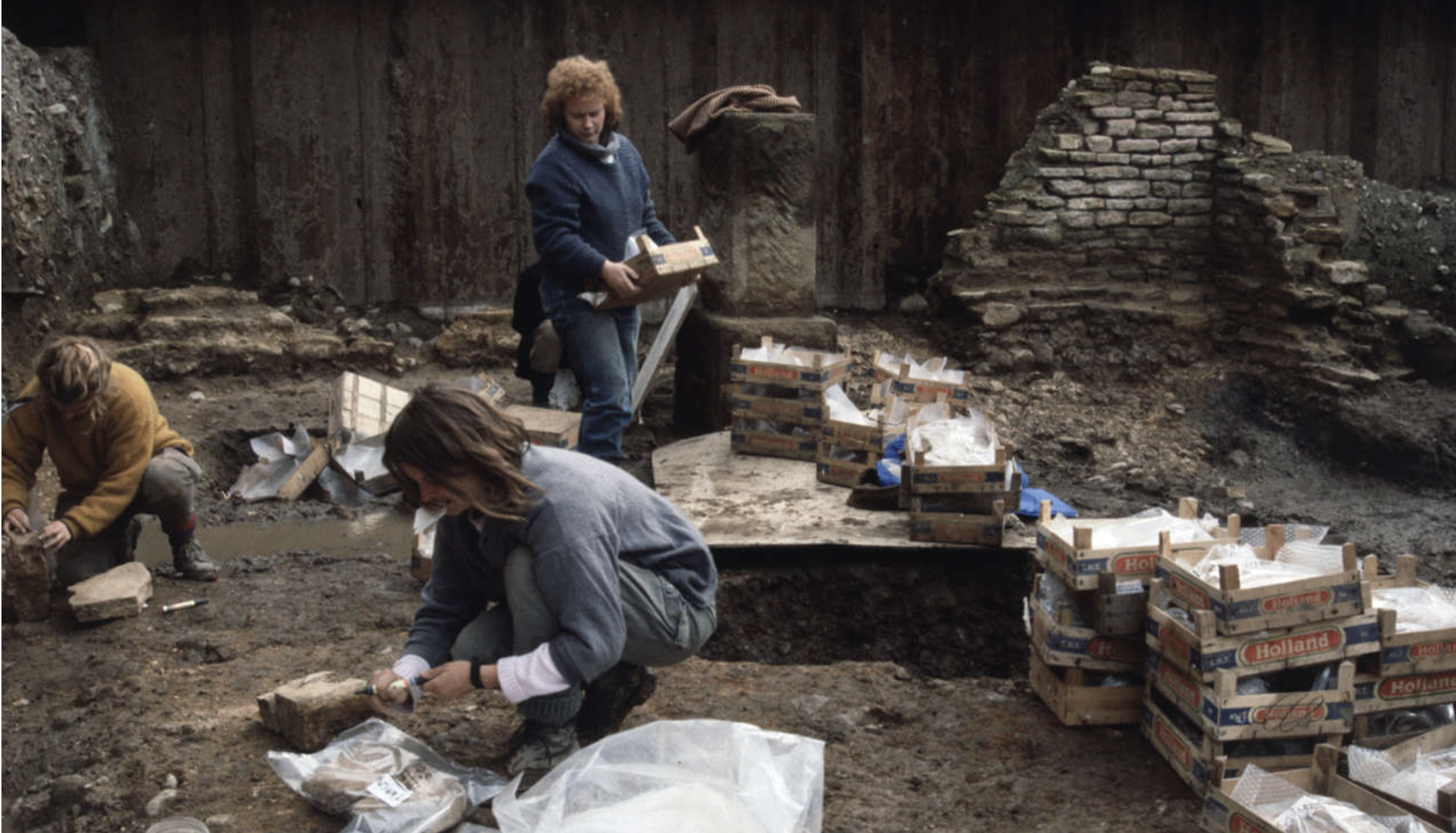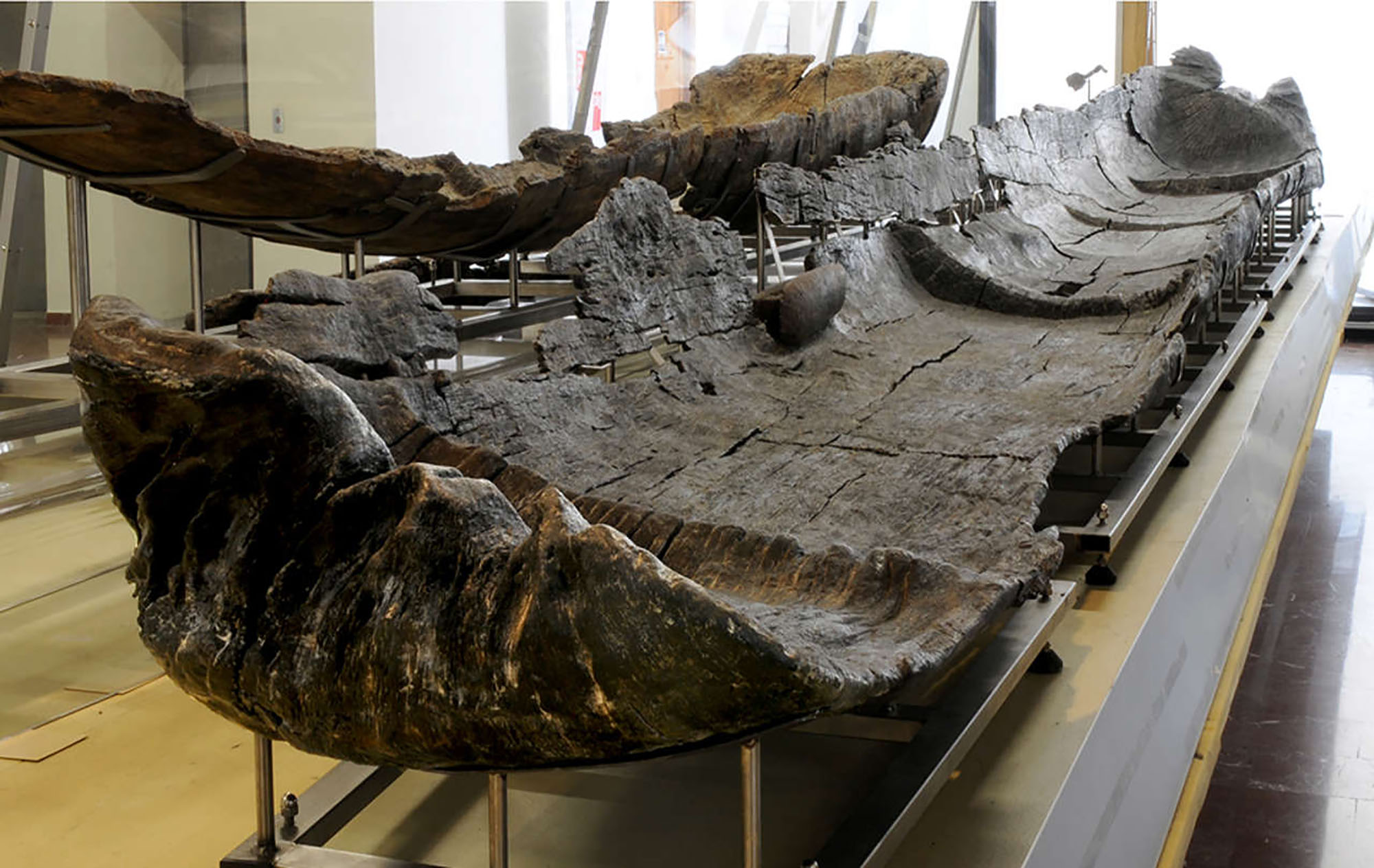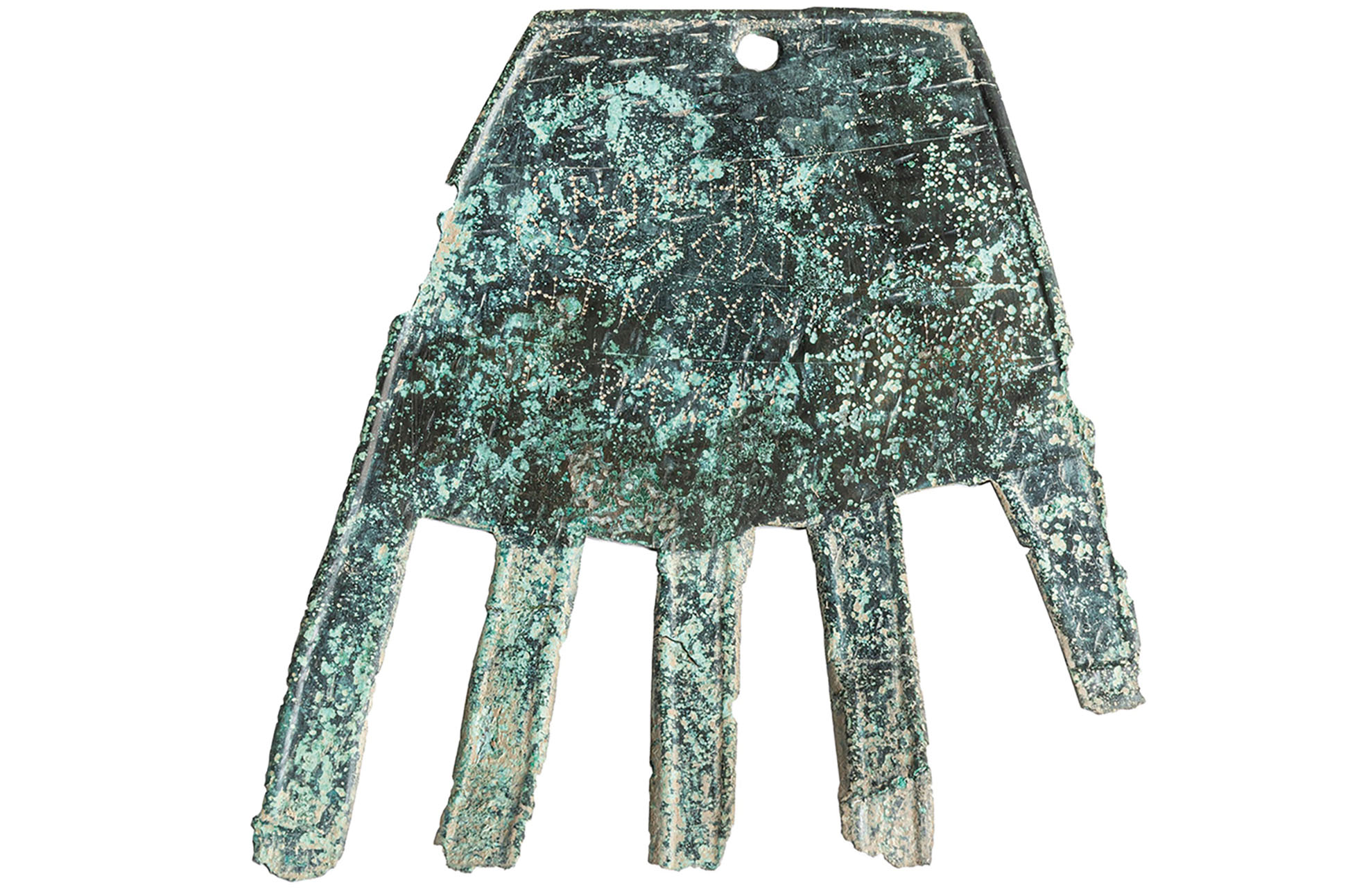They discover remains of another Basque town in Navarra and denounce that the works of the TAV can destroy them
- In the village of Muru Artederreta, on the hill of Murugain, the wall of an Iron Age village has been discovered while taking samples for TAV works. The community of neighbours denounces that the construction of the mouth of a rail tunnel would destroy part of the wall.
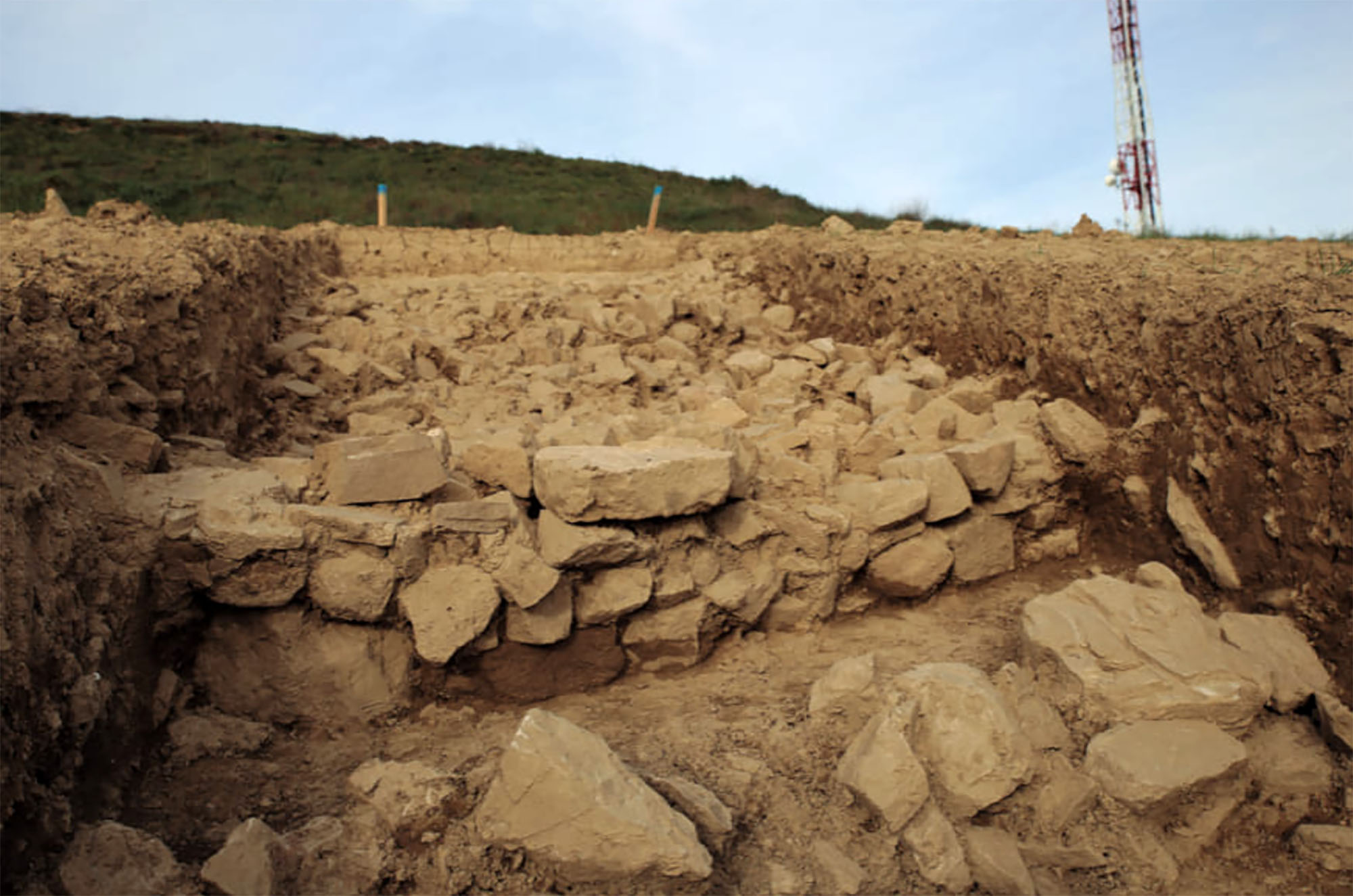
In the town of Muruarte de Reta, between Noáin and Tafalla, remains of another of the most Basque villages in Navarra have appeared. The wall of the village located on the upper of Murugain, where the previous surveys were being carried out for the works of the TAV to be crossed.
There are also bones, ceramic fragments from the Iron Age and "terra sigillata" and "tégula" or Roman tiles.
In particular, archaeological samples have been made to the south of the promontory, due to the forthcoming beginning of the works of the TAV. In this place, it is intended to build a mouth for a macroinfrastructure tunnel and Friends of Muruarte de Reta denounces that the works can destroy part of the wall.
This association has noted in her Facebook account that in the many samples that have been made in Murugain there have been bones, pieces of Iron Age ceramic and pieces of sigillata and tiles of the Roman era: "We can deduce that they lived in the village for a long time," said the neighbors.
They call for the mouth of the TAV tunnel to be made later in order to prevent the destruction of this part of the wall and for the expansion of the archaeological works so that the whole environment is investigated and the heritage is not lost.
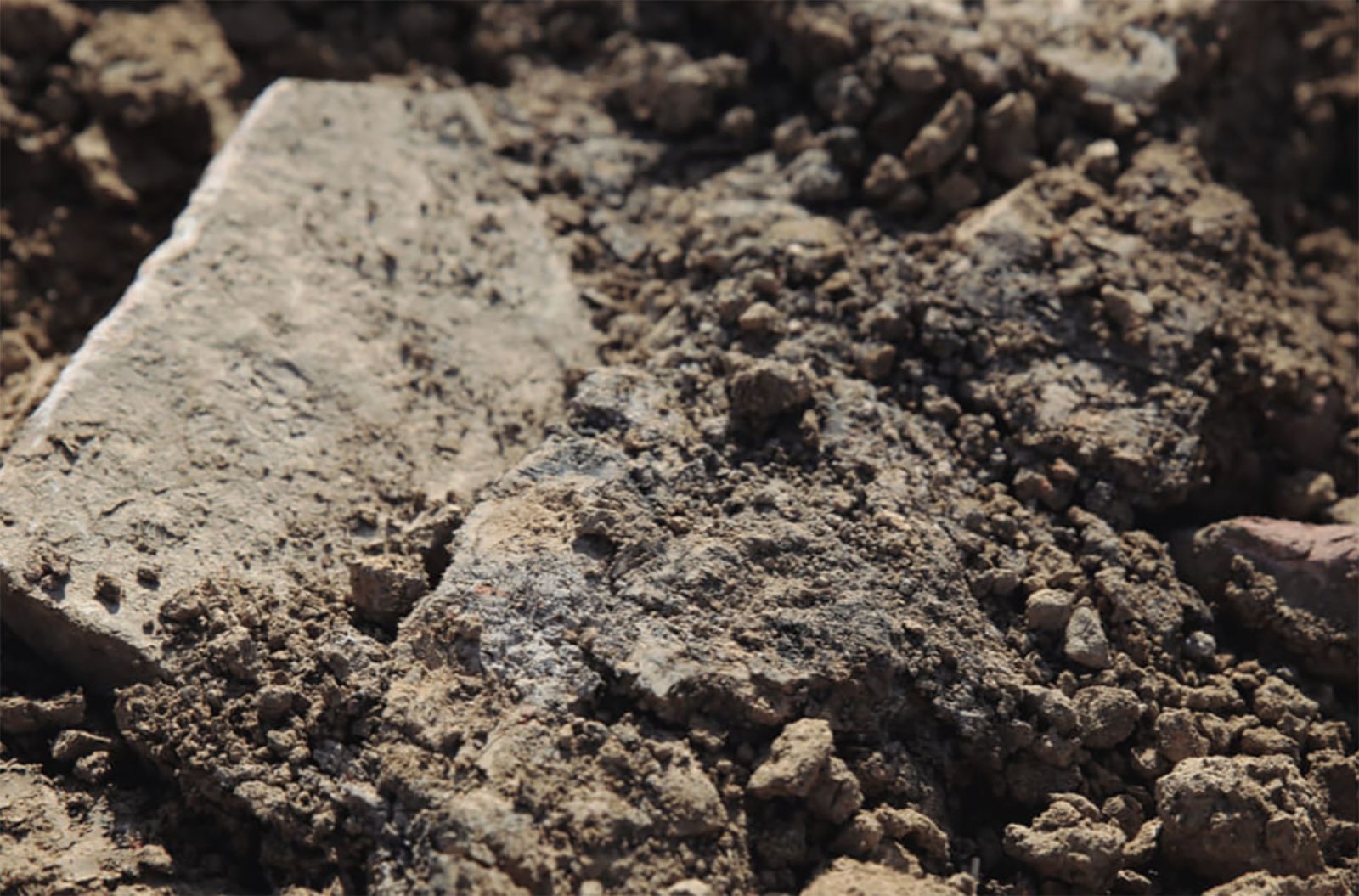
Like Irulegi
It is located on a hill of Murugain and, as its name suggests, it is not the only site in the Basque Country where archaeological remains with that name or similar have appeared, served as a defense. "It has all the characteristics of this type of site, is at a strategic and clear point and can be controlled several kilometers away. Something like this happens in Irulegi," they explain.
They claim that Murugaina is one of the best preserved Iron Age villages in Navarre, but have not yet done excavations. "Let's save Muru!" says the motto they have spread on the networks.
From the City Hall of Tiebas-Muruarte de Reta inform that the technicians of Adif have contacted them and explained that they have still only taken surface samples, "they will have to go deeper to assess what is exposed", you can read in Diario de Navarra.
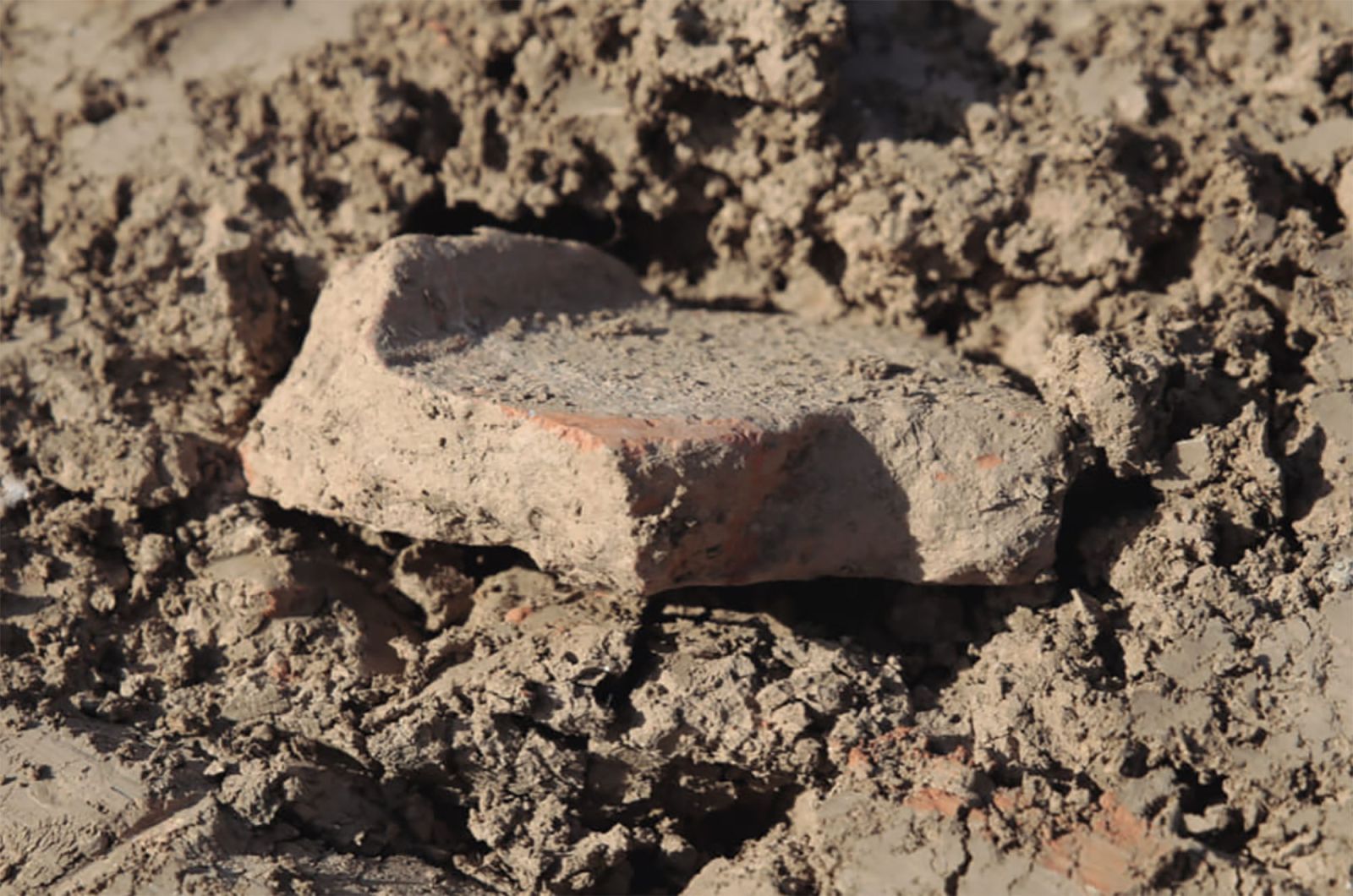
Neighbouring municipalities concerned about infrastructure
It is not the first time that the works of the TAV affect the archaeological heritage. Further south, in Tafalla, a Roman Castilum appeared at the Gariposa site when the works began and had to change the layout of the infrastructure.
On the other hand, mayors of Tebas-Muruarte de Reta and other municipalities of Navarra Media reported last year that the TAV is suffering numerous expropriations, especially for the construction of landfills, and that this infrastructure and others, such as wind power plants and highways, agricultural soils, jobs and the heritage of these localities, are in danger.
York, England, 2nd century. Various structures and houses were built in the Roman city of Eboracum. Among others, they built a stone building in the present Wellington Row and placed an arch in the wall that crossed the Queen’s Hotel. Both deposits were excavated in the second... [+]
Between 1992 and 2006, in the waters of Lake Bracciano of Rome, the site of La Marmotta del Neolitico was excavated early. They recently published in Plos One magazine a study on the five piraguas found there. It is estimated that the boats are between 7,000-7,500 years... [+]
In the Gulf of Mecklenburg, in Baltic waters, archaeologists identified in 2021 a stone structure of almost a kilometre. Now a team of interdisciplinary researchers has published a study on the wall in the journal PNAS.
The structure is about 10,000 years old and has come to... [+]








